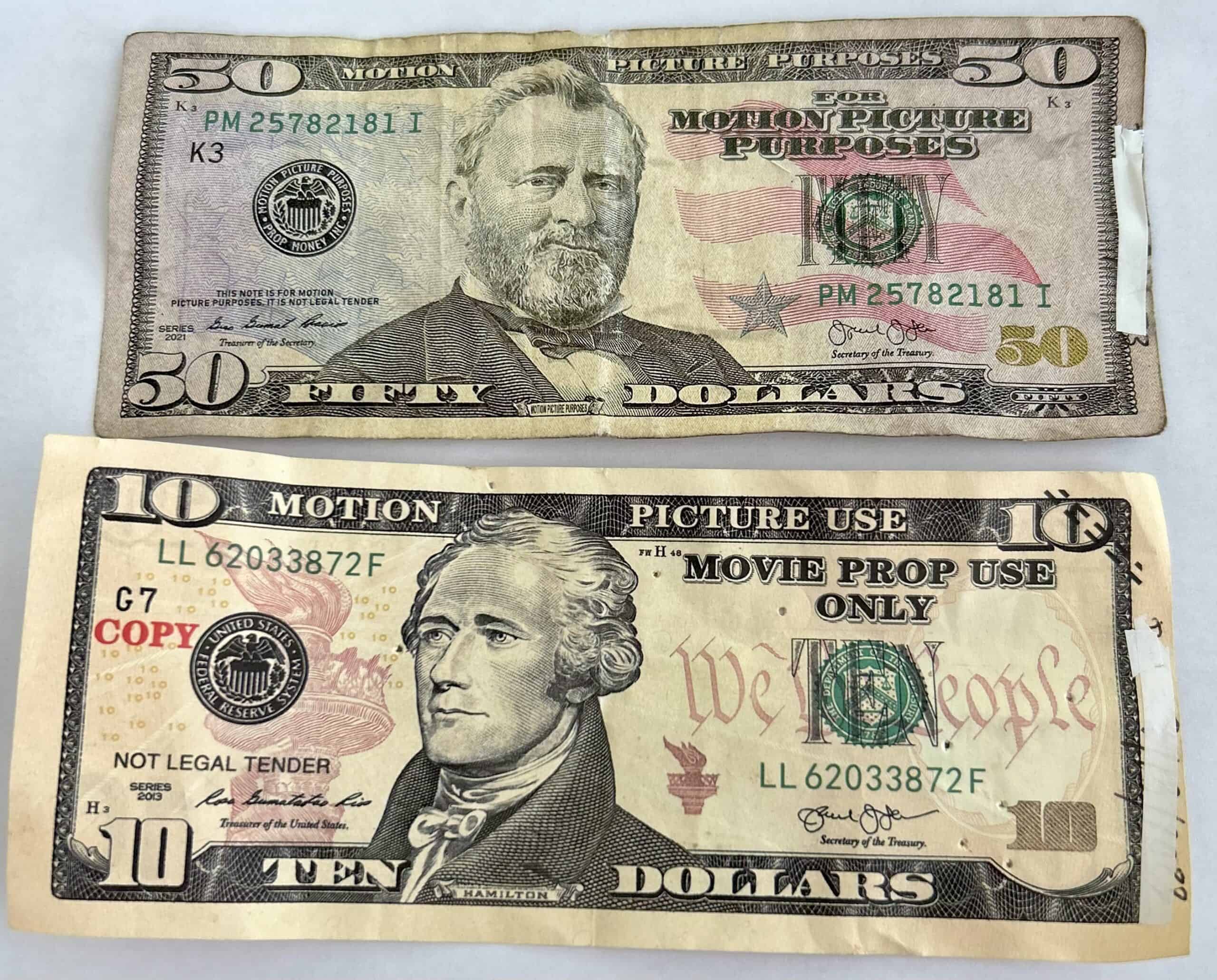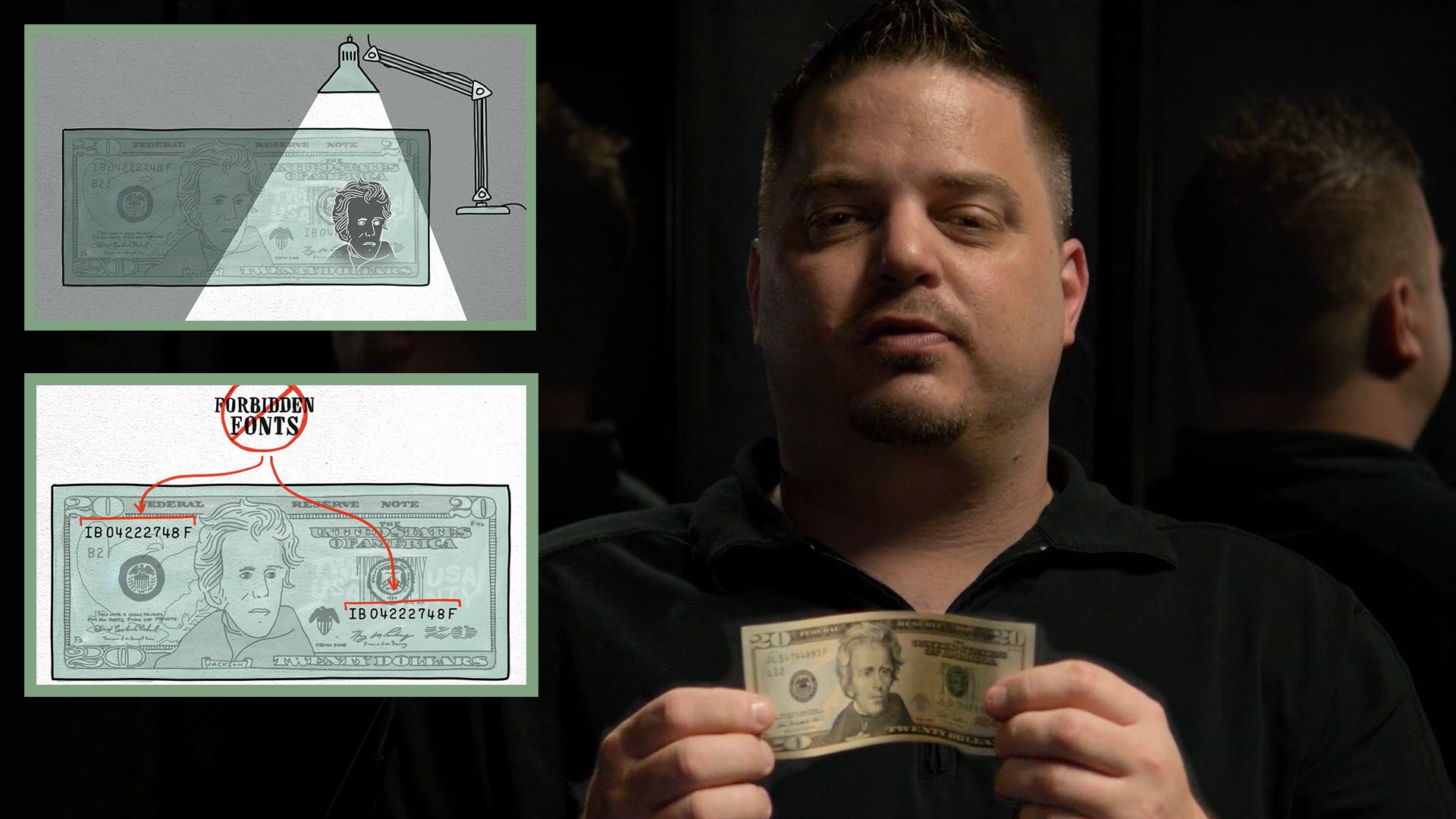Open Opportunities: Where to Discover copyright Money up for sale
Open Opportunities: Where to Discover copyright Money up for sale
Blog Article
Discover making uses of Funny Money in Artistic Creations and Theatrical Performances
Phony cash, typically associated with deception and outrage, holds a strange appeal when it locates its way into the world of staged performances and creative developments. As we dig right into the diverse uses of phony money in these creative domains, we start to reveal a globe where authenticity and imitation blur, triggering us to examine the very nature of value and representation within art and efficiency.

Historic Significance of Funny Money in Art
The historic significance of funny money in art is a complicated and intriguing subject that clarifies the junction of creativity, subversion, and socio-political discourse. Throughout history, musicians have actually made use of funny money as a tool for difficult social standards, questioning the value of currency, and making powerful declarations about wide range and power.
Among the most remarkable instances of funny money in art go back to the Dada motion of the early 20th century - copyright money for sale. Musicians such as Marcel Duchamp and Hannah Höch included copyright right into their jobs to slam the capitalist system and check out the concept of value in a rapidly altering globe
Additionally, during times of financial instability or political upheaval, funny money has actually been utilized by musicians as a type of protest or rebellion. By producing and distributing phony money, musicians have had the ability to interfere with the status, difficulty authority, and prompt crucial conversations about the duty of cash in culture.
Influence of Imitation Money on Visual Arts
Influencing the aesthetic arts landscape, phony currency has actually served as a thought-provoking tool for artists seeking to test standard point of views on wealth and commerce. By integrating phony money right into their jobs, musicians provoke conversations on the nature of value, authenticity, and social understandings of wealth. Through the combination of phony money, aesthetic artworks can confront viewers with concerns concerning the power characteristics integral in economic systems and the illusions of success. Making use of funny money in art likewise elevates honest considerations concerning the borders of imaginative expression and the effects of replicating lawful tender. In addition, phony currency in visual arts can function as a discourse on customer society, materialism, and the ruthless search of wide range in contemporary culture. Generally, the influence of phony currency on aesthetic arts is multifaceted, promoting essential reflections on the intersection of cash, art, and social values.
Significance and Significance in Theatrical Fake Displays
Using staged copyright displays, artists employ symbolic depictions to communicate deeper significances and evoke provocative analyses within the realm of performance art. With the incorporation of funny money in staged productions, designers can explore motifs such as greed, power, corruption, and the illusion of wealth. Making use of phony money on phase can work as a metaphor for societal problems, economic variations, and the delicacy of financial systems.
In theatrical efficiencies, the use this link symbolic worth of funny money prolongs past its monetary worth. It can symbolize the deceitful nature of looks, the pursuit of materialistic wishes, and the consequences of dishonest habits. By utilizing funny money as a prop, musicians can test audiences to examine the real significance of riches and the honest borders that individuals may go across in its pursuit.
Honest Factors To Consider in operation Phony Cash for Art

One major honest factor to consider is the prospective lawful effects of utilizing funny money in art. Counterfeiting money is unlawful in a lot of countries and can result in serious repercussions for musicians that purposefully include imitation bills into their work. copyright money for sale. This not just puts the artist in jeopardy but also increases questions about advertising unlawful activities via art
Furthermore, there is an ethical problem regarding the authenticity of the artwork itself. Utilizing phony money obscures the line between truth and imitation, potentially tricking customers and jeopardizing the integrity of the artistic item. Artists must think about whether using fake cash straightens with their values and artistic objectives, considering the potential effect on their online reputation and integrity.
Future Patterns in Imitation Cash Assimilation
Taking into consideration the progressing landscape of imaginative expression, the consolidation of imitation money in imaginative works may witness a change in the direction of cutting-edge and intriguing avenues. As artists remain to press limits and check out new mediums, copyright cash might progressively click be used to test social standards, examine the worth of currency, or make effective declarations concerning wide range and consumerism.
One future fad in phony money assimilation might be its application in immersive art setups where target markets are urged to connect with the items, blurring the lines between fact and impression. Additionally, improvements in modern technology might cause the creation of hyper-realistic phony money that is practically indistinguishable from genuine money, opening possibilities for a lot more thorough and complex artworks.
Moreover, partnerships between counterfeiters and musicians could lead to unique pieces that informative post integrate conventional artistic techniques with the workmanship of producing phony cash. Honest considerations surrounding the validity and morality of using phony money in art will certainly continue to be a point of opinion as these future fads unravel.
Conclusion
Finally, the uses of copyright money in staged performances and creative productions have a long history and remain to be a resource of inspiration for artists. From its historical relevance to its impact on aesthetic arts and significance in staged displays, funny money plays a distinct duty in the art world. However, honest considerations need to be considered when utilizing funny money for innovative purposes. The combination of copyright in art is most likely to continue developing in the future.
Generally, the effect of copyright currency on aesthetic arts is diverse, promoting vital representations on the crossway of money, art, and social worths.

In verdict, the uses of fake cash in artistic developments and staged efficiencies have a lengthy background and proceed to be a source of ideas for artists. Moral considerations need to be taken into account when utilizing phony money for creative objectives. The integration of imitation cash in art is most likely to continue evolving in the future.
Report this page